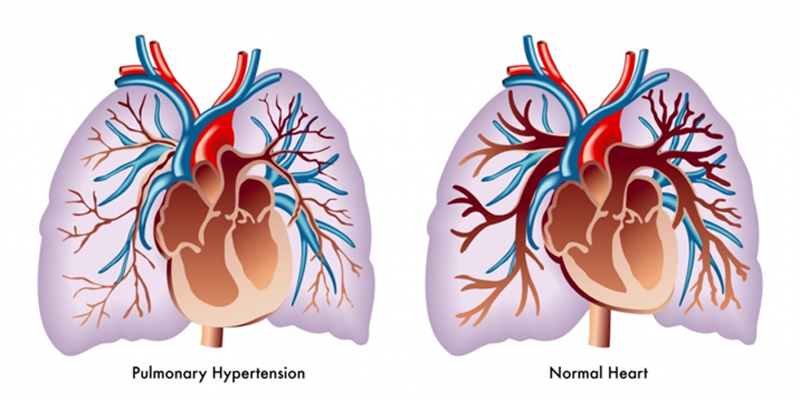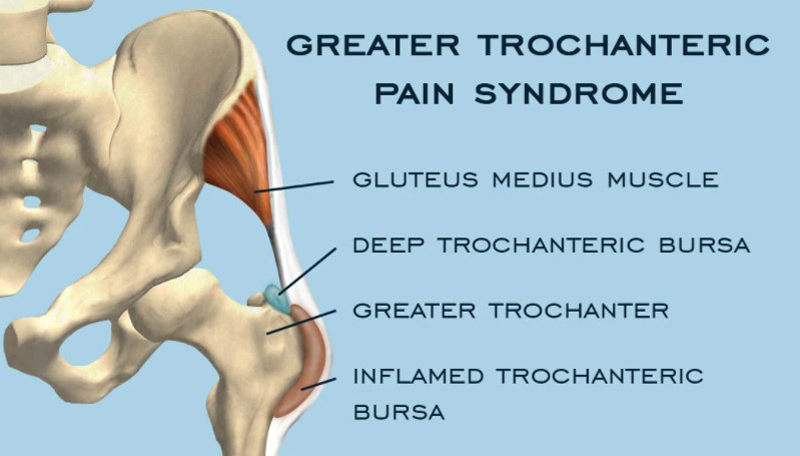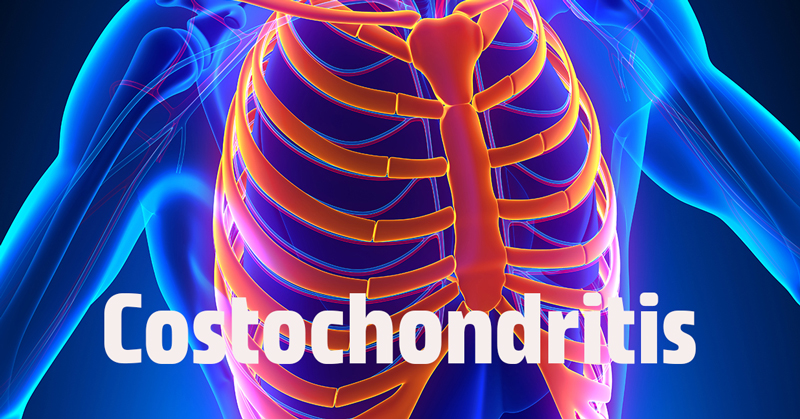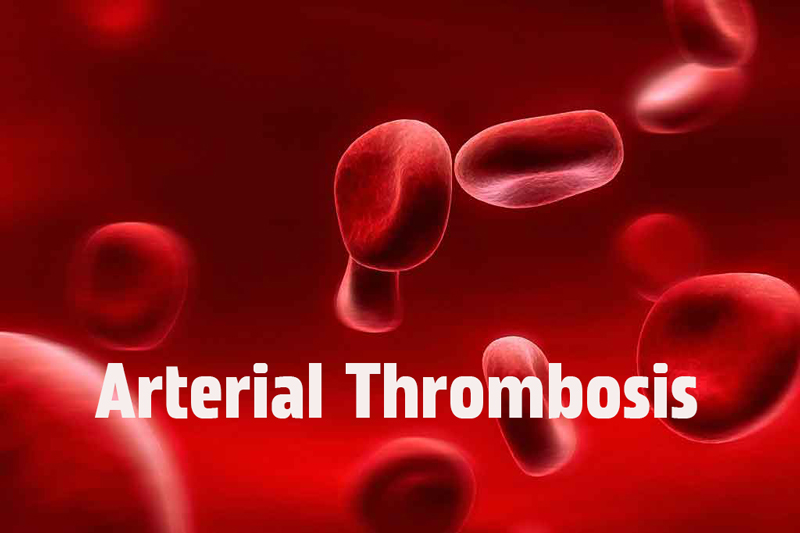Using Antibiotics as a Preventative Measure for Sexually Transmitted Bacterial Infections
July 27, 2023 #Sexual ConditionsWelcome to the World of Prevention: A Breakthrough in Combating Sexually Transmitted Infections
A groundbreaking clinical trial has revealed compelling evidence of the significant effectiveness of a single dose of antibiotics in reducing the risk of contracting sexually transmitted bacterial infections. This groundbreaking study, which specifically targeted high-risk individuals, demonstrates the potential breakthrough in preventing the spread of common STDs by administering antibiotics as a "morning after" dose. The implications of these findings are immense and offer a powerful tool for safeguarding public health.
Unveiling the Findings
The trial has shed light on the extraordinary benefits antibiotics can offer in preventing sexually transmitted bacterial infections. Key findings include:
- A single dose of antibiotics significantly lowers the chances of contracting these infections.
- The study emphasizes the importance of tailored interventions for high-risk individuals.
- The "morning after" administration of antibiotics shows marked effectiveness in reducing the odds of developing common STDs.
- The findings suggest a potential breakthrough in combating the spread of these infections.
These factors highlight the critical role antibiotics can play in promoting safe sexual practices and safeguarding public health.
Implications for Prevention
This groundbreaking research has immense implications for preventing the transmission of sexually transmitted infections. The innovative use of antibiotics as a preventive measure can reduce the burden of such infections on high-risk individuals and the broader community.
By providing a single dose of antibiotics as a post-risk intervention, healthcare professionals have an invaluable tool to help protect against the potential consequences of high-risk sexual encounters. This preventive measure benefits individuals directly involved and contributes to reducing the overall prevalence of these infections within the population.
Acknowledging the efficacy of antibiotics in this context opens up new opportunities for developing comprehensive strategies aimed at minimizing the spread of sexually transmitted infections. By promoting the use of antibiotics as a preventive measure, healthcare systems can work towards a future where transmission of these infections becomes rare occurrences.
Conclusion
This pioneering clinical trial demonstrates the powerful potential of a single dose of antibiotics in reducing the risk of contracting sexually transmitted bacterial infections. By focusing on high-risk individuals and utilizing a "morning after" administration, the trial shows remarkable odds in preventing common STDs. The implications of these findings point towards a transformative approach to preventing the transmission of sexually transmitted infections and highlight the vital role of antibiotics in safeguarding public health.
Background
Sexually transmitted infections (STIs) are infections spread by sexual activity. They can be transmitted through vaginal, anal, or oral sex, as well as through sharing needles and other drug paraphernalia. It is important to note that STIs often do not initially cause symptoms, making it possible for individuals to be unaware of their infection.
STIs include bacterial, viral, and parasitic infections. Bacterial STIs include chlamydia, gonorrhea, and syphilis. Viral STIs include genital herpes, HIV/AIDS, and genital warts. Parasitic STIs include trichomoniasis.
Diagnosing STIs usually involves various tests, ranging from simple urine tests to more invasive procedures, depending on the specific infection being tested for. Regular testing is crucial, especially for individuals engaging in high-risk sexual behaviors.
To decrease the risk of contracting STIs, practicing safe sex is highly recommended. This includes using barrier methods like condoms during sexual activity. Comprehensive sex education plays a crucial role in educating individuals about the risks associated with sexual activity and how to protect themselves against STIs.
Gonorrhea and Chlamydia
Gonorrhea is a sexually transmitted infection caused by the bacterium Neisseria gonorrhoeae. It is one of the most common STIs worldwide. Symptoms of gonorrhea vary depending on gender. In men, symptoms may include pain or burning with urination, penile discharge, or testicular pain. In women, symptoms may include burning with urination, vaginal discharge, vaginal bleeding between periods, or pelvic pain.
Chlamydia is also a sexually transmitted infection caused by the bacterium Chlamydia trachomatis. It is the most commonly reported bacterial STI in the United States. Most infected individuals have no symptoms, emphasizing the importance of regular testing. However, symptoms may include vaginal discharge, burning with urination, or pain and swelling of the testicles in men.
If left untreated, both gonorrhea and chlamydia can have serious complications. In women, chlamydia can spread to the upper genital tract, causing pelvic inflammatory disease, which can lead to infertility, chronic pelvic pain, and ectopic pregnancy. Both infections can be transmitted during vaginal, anal, or oral sex, and can also be passed from an infected mother to her baby during childbirth.
Diagnosis of gonorrhea and chlamydia is often done through screening, which may involve urine tests or swabs of the affected area. Treatment typically involves a course of antibiotics to clear the infection. Completing the full course of antibiotics is essential to ensure complete eradication of the infection.
These common STIs highlight the need for preventive measures such as the use of antibiotics demonstrated in the clinical trial. By taking a single dose of antibiotics the morning after risky sexual activity, individuals can significantly reduce their chances of contracting gonorrhea and chlamydia. This breakthrough finding could have a profound impact on preventing the spread of these infections and promoting overall sexual health.
Prevention and Treatment
Prevention of sexually transmitted infections (STIs) is key to reducing their spread and protecting individuals' sexual health. Essential preventive measures include:
- Safe sex practices: Using barrier methods like condoms during sexual activity greatly reduces the risk of contracting STIs. Condoms act as physical barriers, preventing the transmission of infections between partners. Limiting the number of sexual partners also decreases the likelihood of exposure to STIs.
- Comprehensive sex education: Educating individuals about the risks associated with sexual activity and how to protect themselves is crucial in preventing the spread of STIs. Comprehensive sex education programs provide accurate information about STIs, their transmission, and prevention methods. These programs also promote healthy relationships and communication skills, empowering individuals to make informed decisions about their sexual health.
- Regular screening and early treatment: Regular screening for STIs is important, especially for those engaging in high-risk sexual behaviors. Many STIs can be asymptomatic, meaning individuals may not experience any noticeable symptoms. Regular testing allows for early detection and treatment, preventing complications and further spread of the infection.
While most STIs are treatable and curable, not all can be completely eliminated. Viral STIs like HIV and herpes have no cure, but their symptoms can be managed with appropriate medical care.
Specific treatment protocols are available for different STIs. Antibiotics are commonly used to treat bacterial STIs like gonorrhea and chlamydia. These medications work by killing or inhibiting the growth of bacteria, effectively eliminating the infection. Completing the full course of prescribed antibiotics is essential for ensuring eradication of the infection.
However, antibiotic resistance is a growing concern in STI treatment. To address this issue, healthcare professionals must follow appropriate antibiotic prescribing practices, and patients should adhere to the prescribed treatment regimen.
In conclusion, preventing the spread of STIs requires a comprehensive approach that combines safe sex practices, thorough sex education, regular screening, and appropriate treatment. By implementing these strategies, individuals can protect themselves and their partners from the consequences of STIs, contributing to the overall reduction of these infections in the community.
Pelvic Inflammatory Disease (PID)
Pelvic inflammatory disease (PID) is an infection of the upper part of the female reproductive system caused by bacteria that spread from the vagina and cervix. The most common bacteria associated with PID are Neisseria gonorrhoeae and Chlamydia trachomatis, which also cause gonorrhea and chlamydia, respectively.
Risk factors for developing PID include having multiple sexual partners, engaging in unprotected sex, drug use, and vaginal douching. These behaviors increase the risk of exposure to sexually transmitted infections, which can lead to the development of PID.
Diagnosis of PID is based on presenting signs and symptoms, which may include lower abdominal pain, abnormal vaginal discharge, pain during sex, fever, and irregular menstrual bleeding. Physical examination and laboratory tests may be performed to confirm the diagnosis.
Prevention of PID involves practicing safe sex, including the use of barrier methods like condoms, to reduce the risk of acquiring sexually transmitted infections. Regular screening for chlamydial infection is also important, as early detection and treatment can prevent the progression of infection to PID.
Treatment for PID involves a course of antibiotics to eliminate the bacterial infection. Completing the full course of antibiotics as prescribed is important to ensure complete eradication of the infection. Severe cases of PID or patients unable to take oral antibiotics may require hospitalization.
If left untreated, PID can lead to long-term complications such as chronic pelvic pain, infertility, and ectopic pregnancy. Prompt diagnosis and treatment are essential to minimize the risk of these complications and preserve reproductive health.
In conclusion, PID is a serious infection of the female reproductive system that can have long-term consequences if left untreated. Practice safe sex, get regular screenings for STIs, and seek prompt medical attention for any signs or symptoms of infection to prevent PID and preserve reproductive health.





COMMENTS